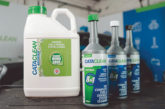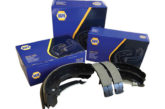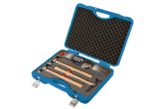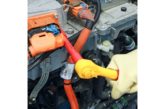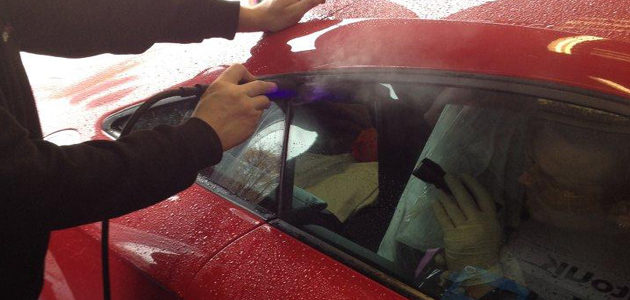
It is claimed that smoke technology can assist with the diagnosis of as many as 80% of the ‘top vehicle fault codes’ that a garage might encounter during their work. Whether this statement is true or not, leak detection solutions offer technicians a viable alternative when investigating vehicle complaints.
With this in mind, OTC’s ‘new and improved’ 6522 Leak Tamer smoke machine – available from Sykes-Pickavant – has recently been released with the promise of twice the might, but half the size, of its predecessor. What better way to test this out then, than to put it through its paces in our workshop?
Features and updates
Firstly there are plenty of updated features on the tool, including UltraTrace UV dye, new smoke flow control adjustments for specific applications and the capability to perform ‘micro-leak’ detection to and below .010”.
In terms of its design, the Leak Tamer is both lightweight and more robust than other products out there that I’ve tried before. The fact that the manufacturers have resisted using a metal body – which can easily scratch the vehicle’s bodywork – is also a positive feature.
The main body can be placed on the floor and the base has a good foot print so it is very sturdy, meaning the Leak Tamer can easily be housed in the engine bay. Alternatively it comes with a hanger bracket to aid with more inaccessible jobs, making the product more versatile for a wider range of tasks. Additionally, the use of ultra violet detection is extremely helpful in darker areas, i.e. under dashboards, and is useful for locating water leaks and wind noise (more on this later).
As ascertained earlier, leak detection can be utilised in a number of workshop tasks, however for this test review I thought it would be a good opportunity to pick out a few ‘unusual’ uses that we found for this method of detection and how it helped us to overcome problems that might otherwise have taken us a considerable amount of time.
Air Mass Meter faults
As I’m sure the majority of PMM’s readers are aware, having a car in the workshop with an Air Mass Meter fault can often be more involved than just replacing the part.
In many cases the reason for the issue with the component is as a result of problems elsewhere in the vehicle rather than a fault with the Air Mass Meter itself. One of the less prevalent causes – yet often overlooked – is a plain and simple air leak. This normally occurs on the intake system and these little blighters can be incredibly difficult to find….. that is until now!
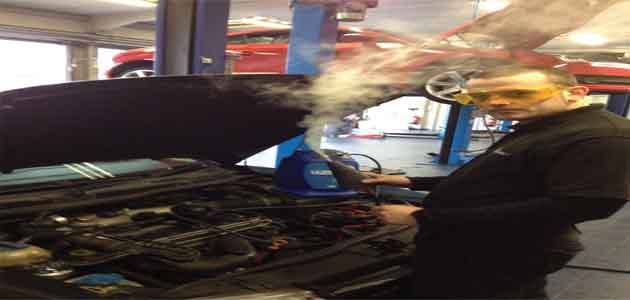
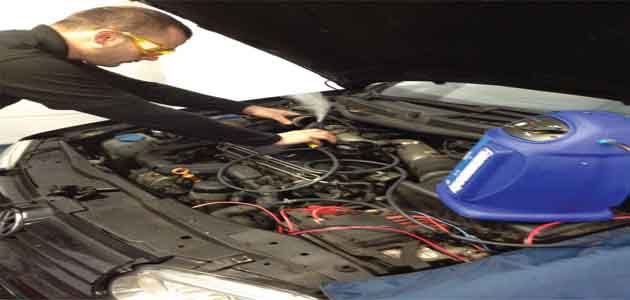
The tool is ideal for finding Air Mass Meter faults
We recently had a visit from a Mk4 Golf which had come to us with an Air Mass Meter complaint. I’m from the school of thought that it’s better to be sure than to misdiagnose something, so we thought this would be an ideal time to put our new tool to the test.
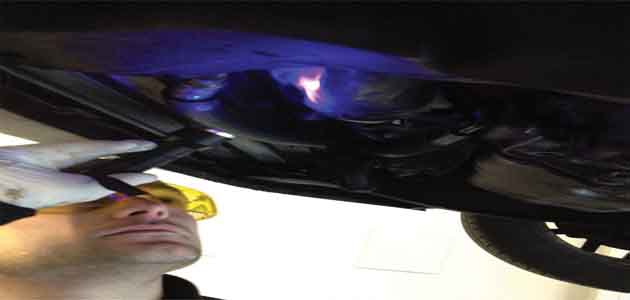
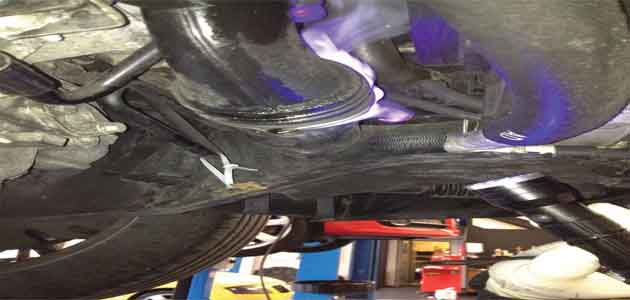
The Golf Mk4 had a split turbo pipe
We simply took off the intake pipe, popped in the tapered rubber delivery end, connected an air-line, connected the tool to the battery and ‘hey presto’, a leak was found. This process took about two minutes and ultimately discovered the root cause of our problem.
Putting the wind up ‘em
The next job we got to try the Leak Tamer out on was an Audi TT. The customer had been complaining of ‘wind’ noises while driving at motorway speeds – not something you want occurring every time the rare chance to put your foot to the floor arises.
We could’ve spent a long time searching for the tiniest hint to help us diagnose the problem but instead I thought: ‘well if we use the leak tamer around the driver’s window and smoke can get in, then surely so can wind’!
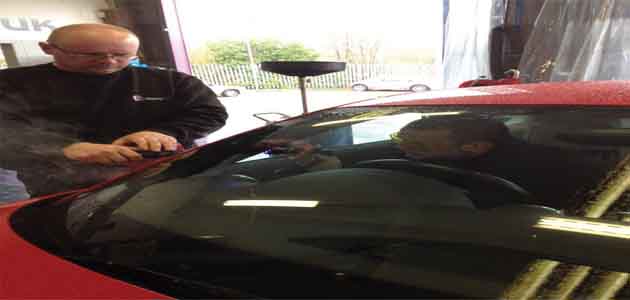
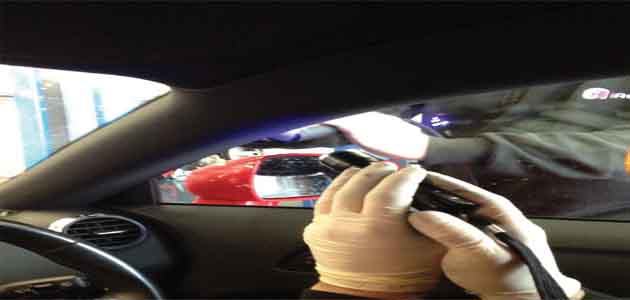
Checking for wind leaks
Sure enough I popped the glasses on, got the ultra-violet light out and gave the Leak Tamer a blast to see if the smoke passed the seal. The cause of the irritating wind noise was quickly found and this certainly proved more time-efficient and easier to test than having to keep driving down the road.
Water leaks
Another area that I’ve found the Leak Tamer ideal for is checking for water leaks on Cabriolets and frame-less doors such as those used on the Audi A5 and TT and the Merc CLK. It really does beat sitting with a hose soaking the car and hoping for a drip to appear.
Additionally, in the case of water-leaking sun roof drains, using the Leak Tamer in the drain holes is an effective test and also means your customers will simply have smoke going into the foot wells rather than water soaking the carpets of their pride and joy. It shouldn’t really need me to point out the dual-benefits to the technician, who I’m sure will be delighted that they haven’t got a drenching for their troubles.
Diagnosis process
Although there are many innovative uses for the Leak Tamer, most of our testing has taken place on induction leaks as the product is extremely effective at finding this kind of concern. In fact we now use the tool whenever we get the chance as an early ‘cause eliminator’ when conducting our diagnosis processes. Once you’ve confirmed that there is or isn’t an air leak, you can then proceed with further diagnosis in full confidence that you have eliminated this variant.
If I had one suggestion for a slight modification that could improve the design of the tool it would be to provide a rubber coated supply tube, as I feel this could further increase the range of uses that the tool is suitable for. For example smaller metal pipes (such as vacuum pipes). That being said, in its current guise this is a great product that would make a worthwhile investment for your business!
VERDICT
This is a very effective and competent diagnostic tool that makes locating problems a whole lot easier!

